[ad_1]
As you probably are aware, male Lady Amherst’s Pheasants regularly get into fights with other birds. The typical scene is something like this: the pheasant enters a bird bar and orders a beer. Some other bird in the bar asks for its name, and it gives an honest answer: Lady Amherst’s Pheasant. Laughter followed by ridicule followed by a fight. Usually, the pheasant wins.
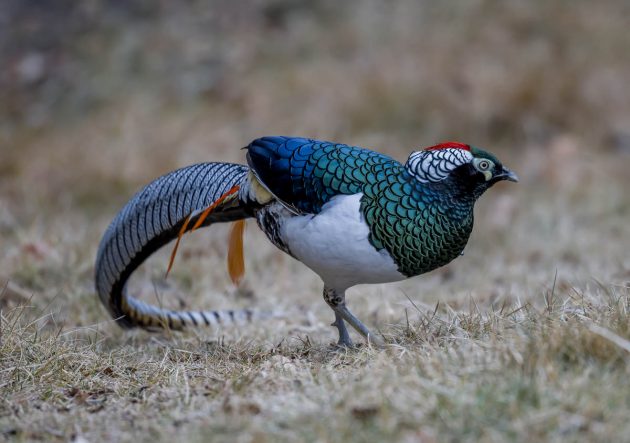
What most people do not know is that this common occurrence was actually the inspiration for a Johnny Cash song, “Boy named Sue“. Of course, as this song was written for humans rather than for birds, the situation was adapted accordingly. The pheasant was turned into a boy with a ridiculous name (Sue) who then had to fight all the time as somebody made fun of his name. But the gist of the story remains the same.
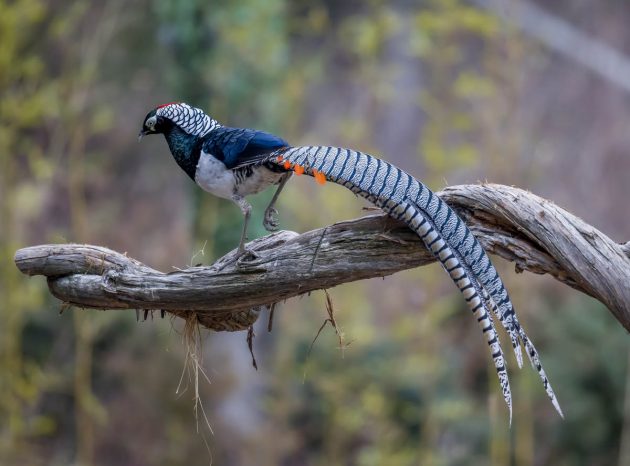
And of course, while in the Cash song, it is the (mostly absent) father who gave the boy his name, in the original event it is god or evolution doing this, with the same rationale as in the song: “I knew you’d have to get tough or die – It’s that name that helped to make you strong”.
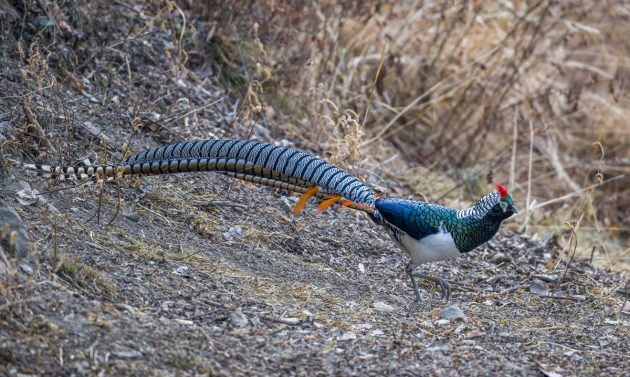
Why the name Lady Amherst’s – who they? What do? And why?
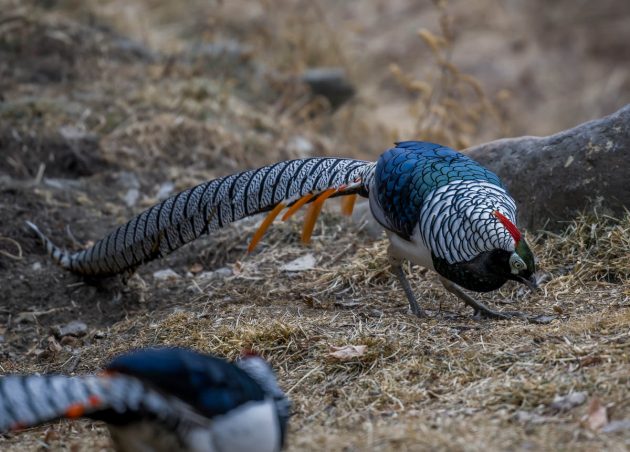
Sarah Amherst, Countess Amherst (1762–1838) was a British naturalist and botanist who lived in India. She was responsible for sending the first of these birds to Britain in 1828. She was also the first wife of William Pitt Amherst 1st Earl Amherst of Arracan, Governor-General of Bengal. After she died, William decided to stick with the family and married the widowed daughter-in-law of Sarah Amherst and like Sarah, a dowager countess of Plymouth (it took me a while to figure out what this means, but then my parents always had difficulties explaining to me at family gatherings who was related with whom).
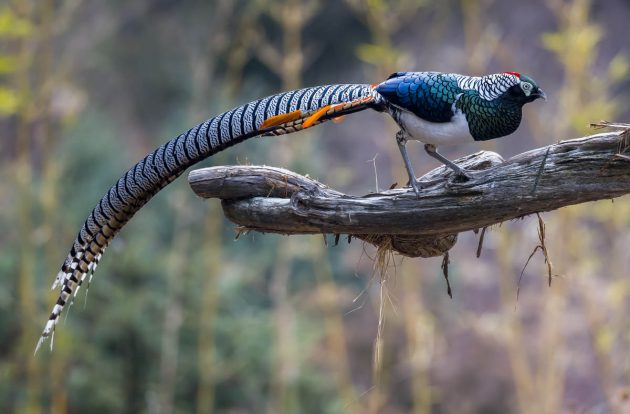
William also had connections to both China and Napoleon, but I am too lazy to copy these bits from Wikipedia right now. Read it there if you want.
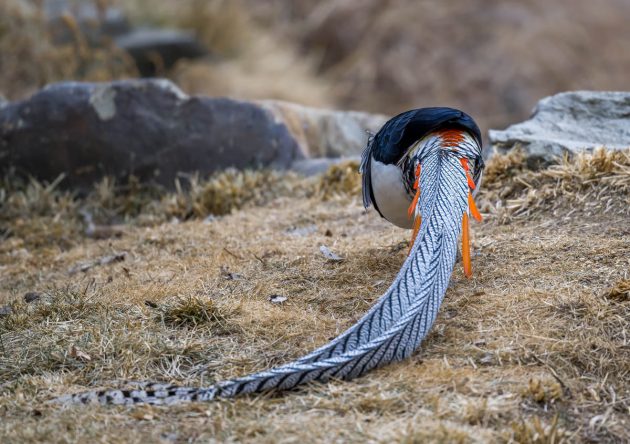
eBird calls the species an “attractive terrestrial bird”, though, in the fine print, this praise is limited to the male (“stately male is resplendent”) while the description of the female is far less enthusiastic (“female brown with black striping and gray skin around the eye”). Sexism, realism, or both? Judge for yourself. This is the female.
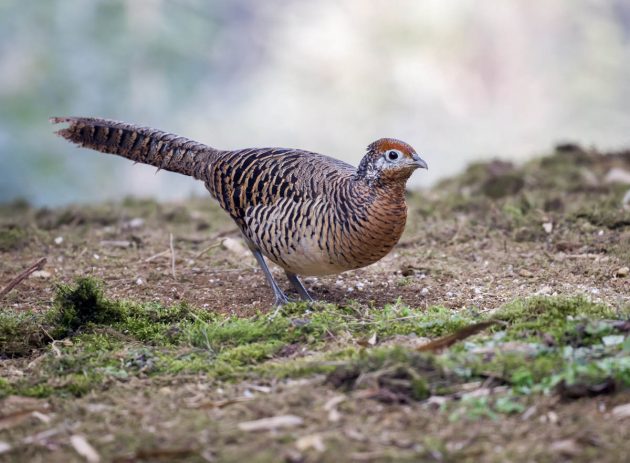
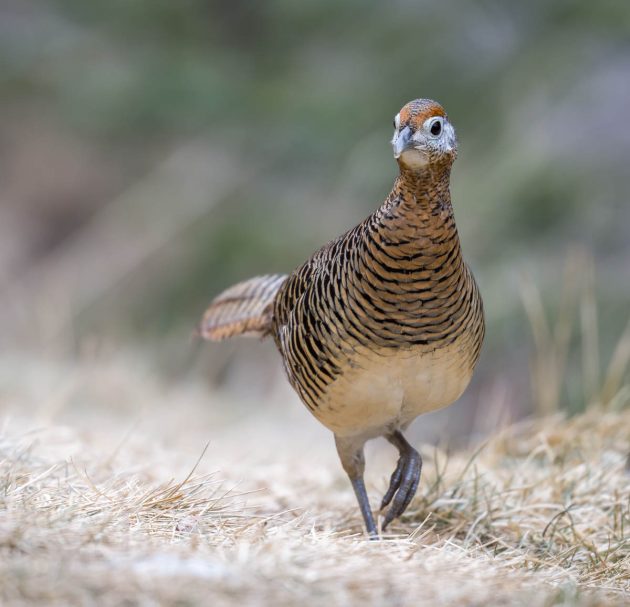
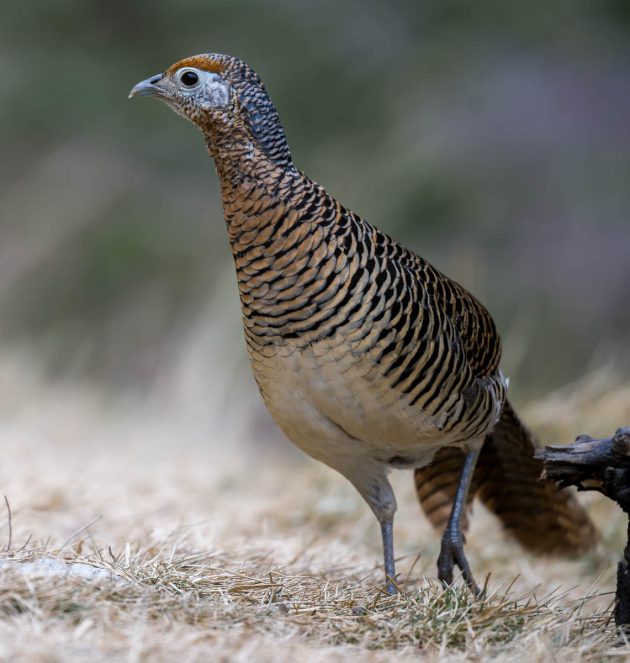
Other sources are even more exuberant – birdfact.com calls the species “one of the most striking birds on the planet” (probably again only referring to the male, though).
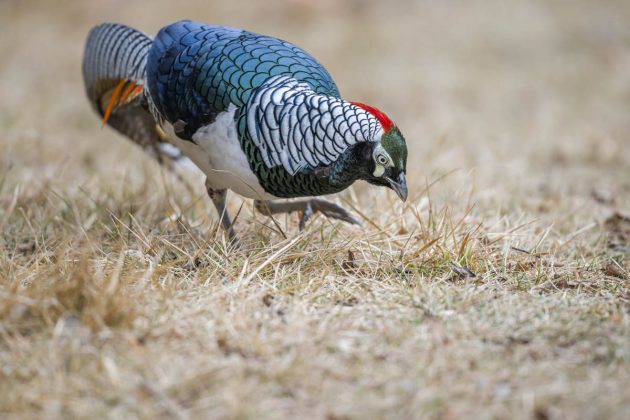
The juvenile male has not quite grasped the fact that without an even longer tail and more colorful plumage, it will probably never have sex. Well, it will learn. I hope it survives the bar fights though.
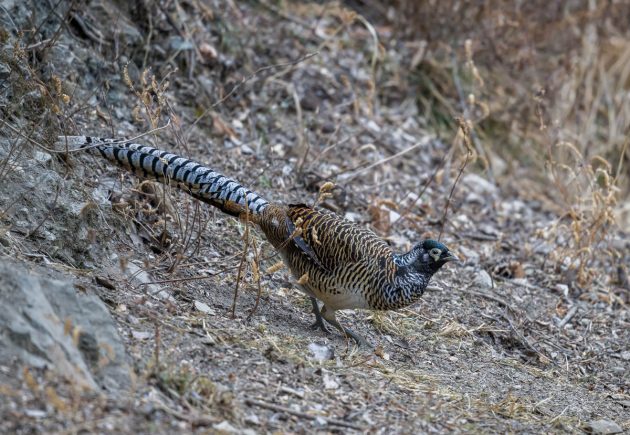
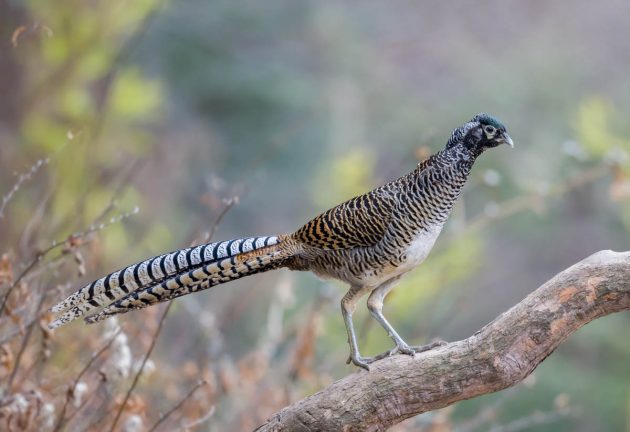
Lady Amherst’s Pheasant is listed as Least Concern (though it was previously listed as Near Threatened) and has been introduced into several countries. I found an online offer for an adult pair on the US website of a hatchery – 206 USD for the pair, though already sold out. The alternative is a stuffed bird – but much more expensive at about 1500 USD for a male. In stock though. Kind of like the “The only good Indian is a dead Indian” attributed to General Sheridan. What a world.
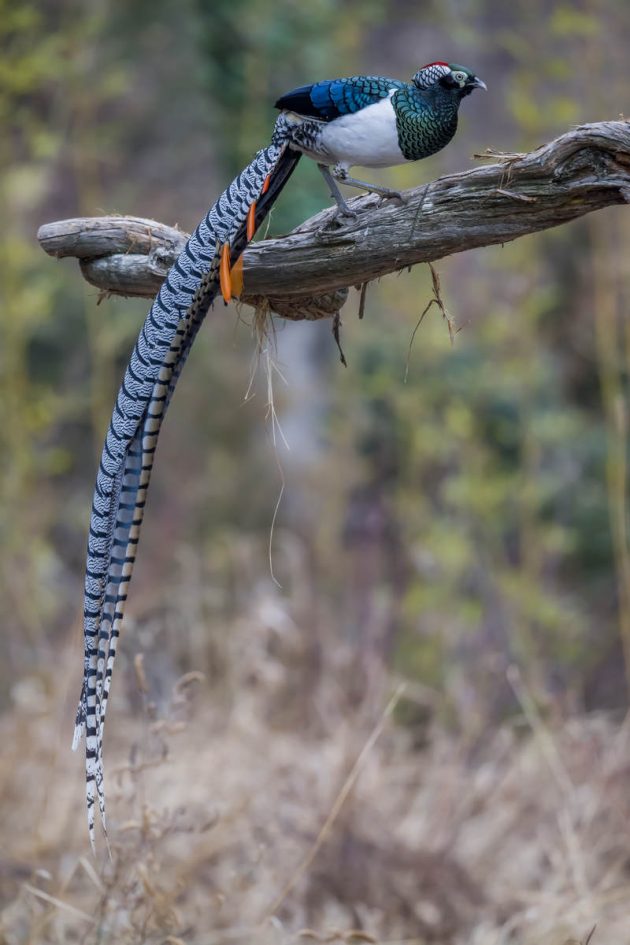
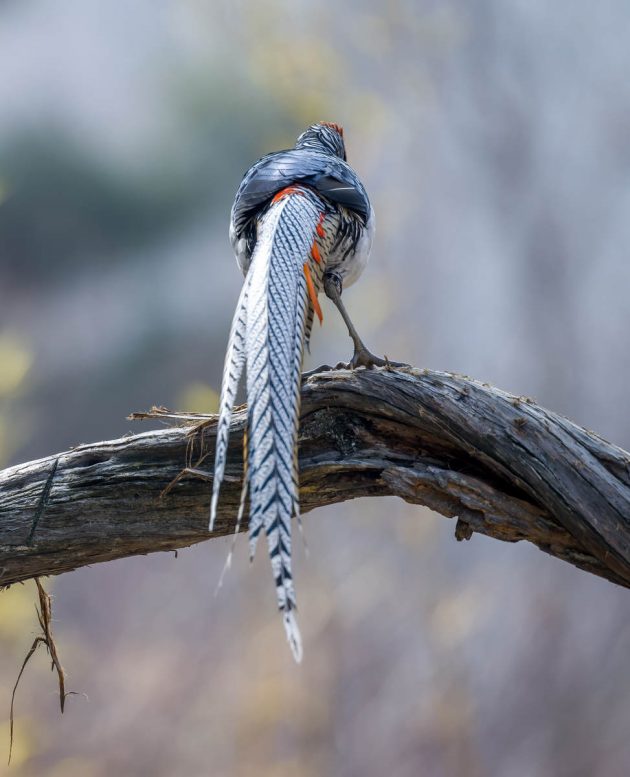
In Sichuan, where these photos were taken, they are not even that difficult to see in the wild, though to get good photos, it is best to visit a bird hide. Otherwise, what you will most likely get is this (a typical photo of a male Lady Amherst’s Pheasant taken outside of a bird hide).
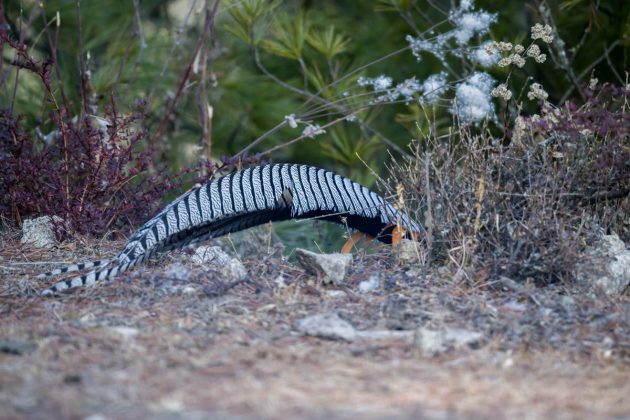
The reason being that according to eBird, the pheasant is a “bird of hilly forests with dense patches of undergrowth”.
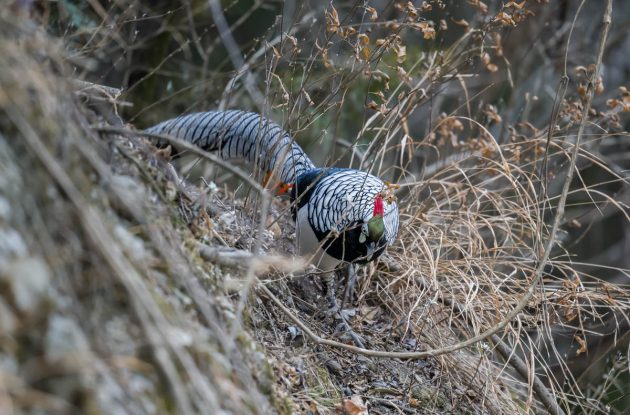
From some angles, the male Lady Amherst’s Pheasant looks like an assembly of Chinese lanterns.
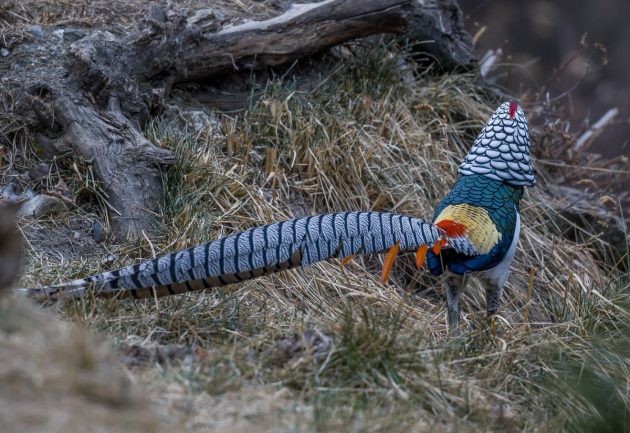
In a remarkable feat of doing rather boring scientific research, some Chinese researchers (possibly graduate students in need of an easy topic for a paper) examined the time budget of captive (read: we the researchers can stay at home at night or at least check into a hotel near the zoo and rest in a proper bed instead of having to sleep in a tent) pheasants: resting 40%, walking 39%, feeding 11%, preening 5%, breeding 3%.
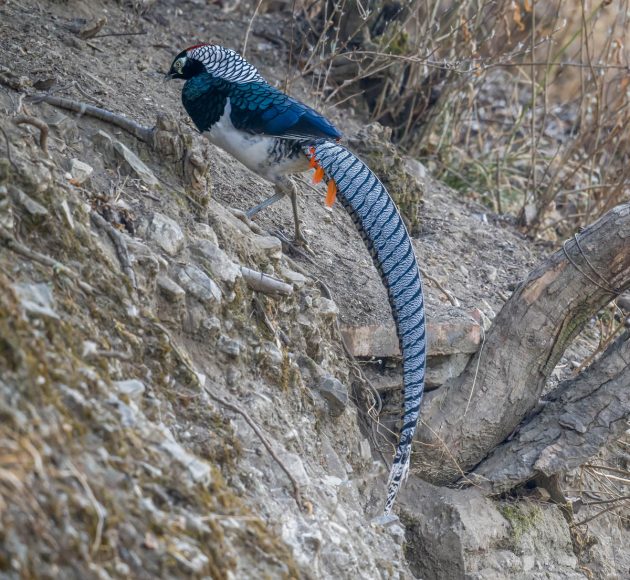
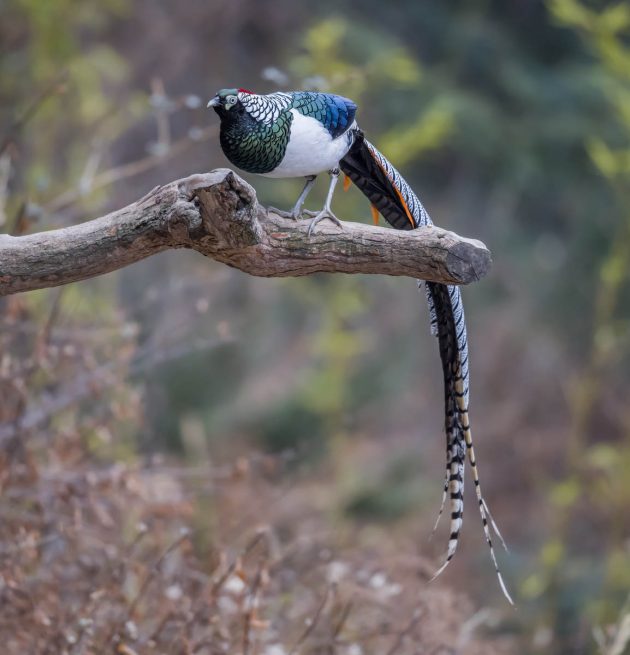
If you want to learn about a case of gynandry in Lady Amherst’s Pheasants, look here. If you do not know what gynandry means, look here first (full disclosure: I did not know it). Basically, it is about the female Lady turning into the male Lady, at least with regard to appearances … The result then is Lady Lady Amherst’s Pheasant looking like Sir Lady Amherst’s pheasant.
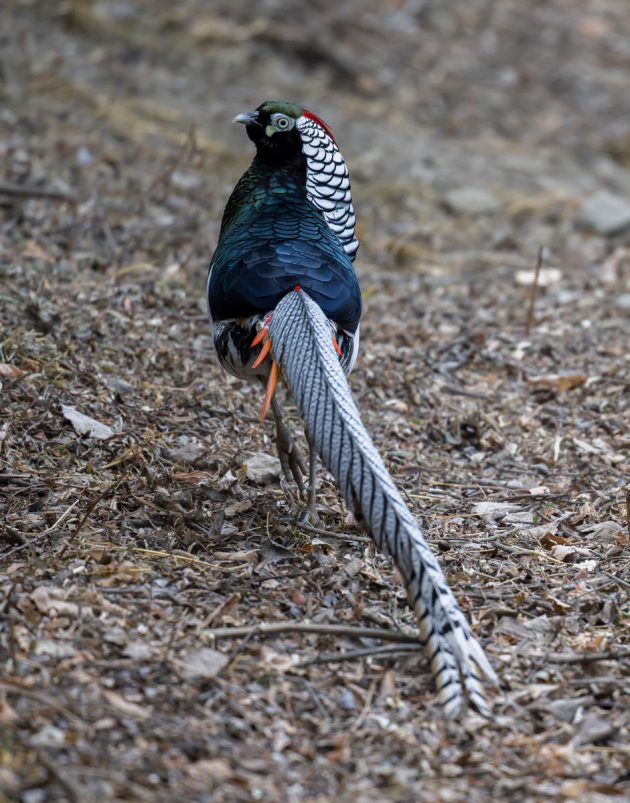
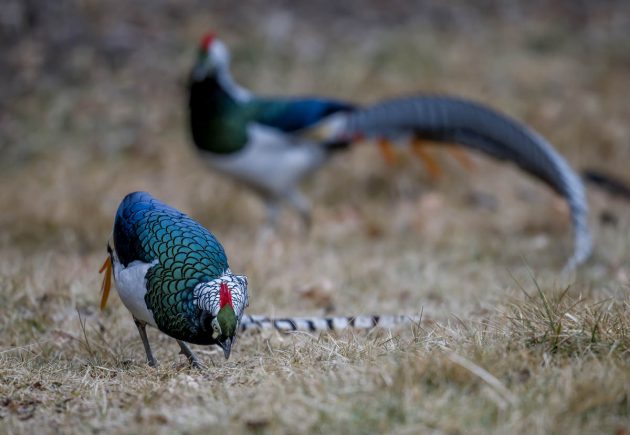
Note: The species was seen and photographed in Kangding, Erlangshan, and Yibin (all Sichuan province, China) on a tour with AlpineBirding. I do have a strong interest in mentioning this as it means I have a good chance to get free beers from them on my next trip.
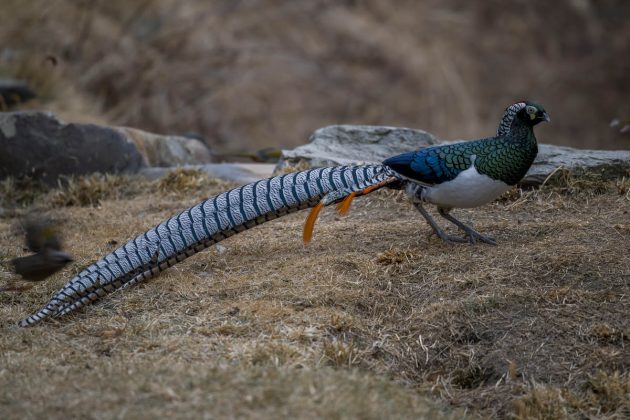
[ad_2]
Source by [author_name]



